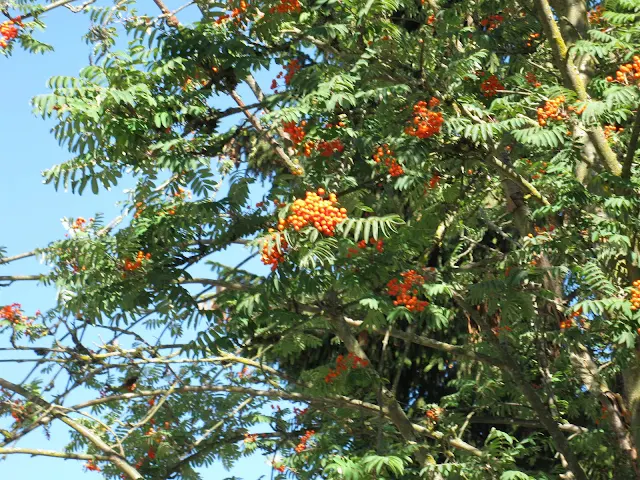 |
| 2226 Girouard Avenue is the door on the right leading to the upstairs flat |
A few years ago I decided to digitize my out-of-print books and make them available as free downloads online. Only recently have I begun this project, it's long term and I'm slow at getting it off the ground...
I know doing this seems counter-intuitive to most people (especially poets), giving away the books, but I feel it is only common sense. Poetry has a very limited and ever-diminishing audience and "popularity". Copies of my books that I have left, hard copies, are doing nothing sitting in our basement in cardboard boxes.
Putting these books online (as is my plan) gives them a second life. It might even find a few readers for them.
So, here is a link to Girouard Avenue (2009), one of my favourite of my books. It got a lot of positive reaction from people who could relate to the content and I liked this very much. Someone living in Arizona told me it is a "holy" book, and that is how I feel about it. When I was preparing this book to put it online, digitizing it, I realized that it is some of my better work. It is the work I did during the late 1990s and 2000s, my first book since my Selected Poems in 1998. It is poetry inspired by my extensive family history work. There is also an essay that came out of writing this book, "Remembering Girouard Avenue" (also available at archive dot org) that explains something of the importance to me of Girouard Avenue.
In sum, the physical location called Girouard Avenue in Montreal became a spiritual place for me, it is my psychic center. As I wrote elsewhere, "This memoir ("Remembering Girouard Avenue") is an addendum to my book of poems, Girouard Avenue (2009). This is my psychic center, this is where I began in life and where I often return in dreams, poems, and memories."










